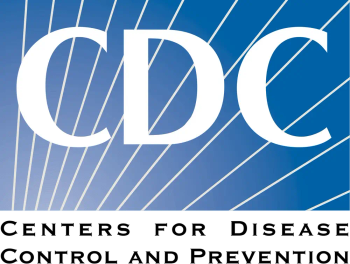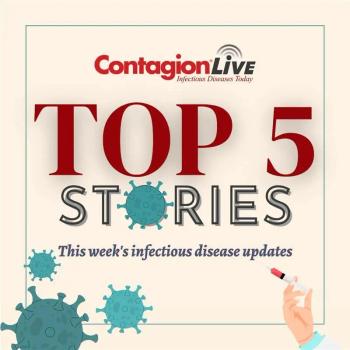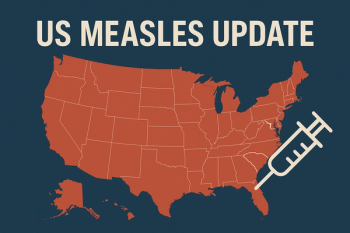
Enhancing Hepatitis B Vaccine Efficacy in People with HIV
Insights from CROI on the HepB-CpG vaccine trial.
There is limited data on individuals who do not respond to standard Hepatitis B vaccines. These traditional vaccines, which target the Hepatitis B virus (HBV) using the Hepatitis B surface antigen (HBsAg), can achieve a protective immune response, defined as antibody levels of 10 mIU/mL or higher seroprotection response (SPR), in 35-80% of people with HIV (PWH) after 3 doses. The HepB-CpG vaccine has an ingredient called a TLR-9 agonist adjuvant. This ingredient helps the vaccine work better in PWH. Notably, for PWH who had not responded to previous vaccination attempts, both 2-dose and 3-dose regimens of the HepB-CpG vaccine demonstrated improved SPR rates when compared to the traditional 3-dose HepB-alum regimen.
By week 12 of the ACTG A5379 study, over 90% of those who received HepB-CpG achieved SPR, especially in comparison to traditional vaccine responses. 3 doses of HepB-CpG resulted in a higher proportion achieving titers above 1000 mIU/ml compared to 2 doses, and 3 doses of HepB-alum. Adverse events related to the vaccines were reported by 33%, 45%, and 36% of participants in the 2-CpG, 3-CpG, and 3-alum groups, respectively, primarily of Grade 1 and 2 severities. The most common adverse events were pain at the vaccination site, fatigue, headache, malaise, and myalgia.
Participants were divided into 3 equal groups. The first group got 2 shots of the HepB-CpG vaccine at the start and in the fourth week. Each shot contained 20 mcg of a protein from the HBV and 3000 mcg of an ingredient to boost the vaccine's effect. The second group received 3 shots of the HepB-CpG vaccine at the start, in the fourth week, and after 24 weeks. The third group got 3 shots of a different vaccine called HepB-alum at the same time. The primary SPR was determined at week 12 for the 2-CpG group and at week 28 for the 3-CpG and 3-alum groups. The study was designed to evaluate the non-inferiority of the 2-CpG regimen compared to the 3-alum regimen with a margin of 10% and to determine whether the 3-CpG regimen was superior to the 3-alum regimen.
The study analyzed 505 participants (99% of the 508 in the primary analysis cohort). SPR was reached by 93% of participants receiving 2-CpG (n=174), 99% of those receiving 3-CpG (n=169), and 80% of the 3-alum group (n=162). The SPR difference between the 2-CpG and 3-alum groups was 13% (97.5% CI: 5%, 22%), demonstrating non-inferiority and indicating superiority. The SPR for 3-CpG was superior to 3-alum with a 19% difference (97.5% CI: 11%, 27%).
Eligible participants included people who were on antiretroviral therapy (ART) with CD4 counts of 100 cells/mm^3 or higher and HIV-1 RNA levels below 1000 copies/mL, without past or present signs of HBV infection or a response to the HBV vaccine.
Out of 561 qualified participants recruited across 41 locations in 10 countries: 64% were male, 42% were Black, 35% White, 17% Asian, and 22% Hispanic. The median age was 46 years (with a range of 18-70), 56% were enrolled in the US, 21% in Africa, 17% in Asia, and 6% in South America. The median CD4 count was 638 cells/mm^3, 94% had HIV-1 RNA levels below 40 copies/mL, 29% had a BMI over 30, and 13% had diabetes. A total of 96% completed all required doses.
As the ACTG A5379 study is currently ongoing, investigators at the
Reference
Marks K, Kang M, Umbleja T, et. al. HepB-CpG Vaccine Is Superior to HepB-alum in People With HIV and Prior Vaccine Nonresponse: A5379. Poster #209 presented at CROI 2024. March 3-6, 2023. Denver, CO.
Newsletter
Stay ahead of emerging infectious disease threats with expert insights and breaking research. Subscribe now to get updates delivered straight to your inbox.

















































































































































































































































































